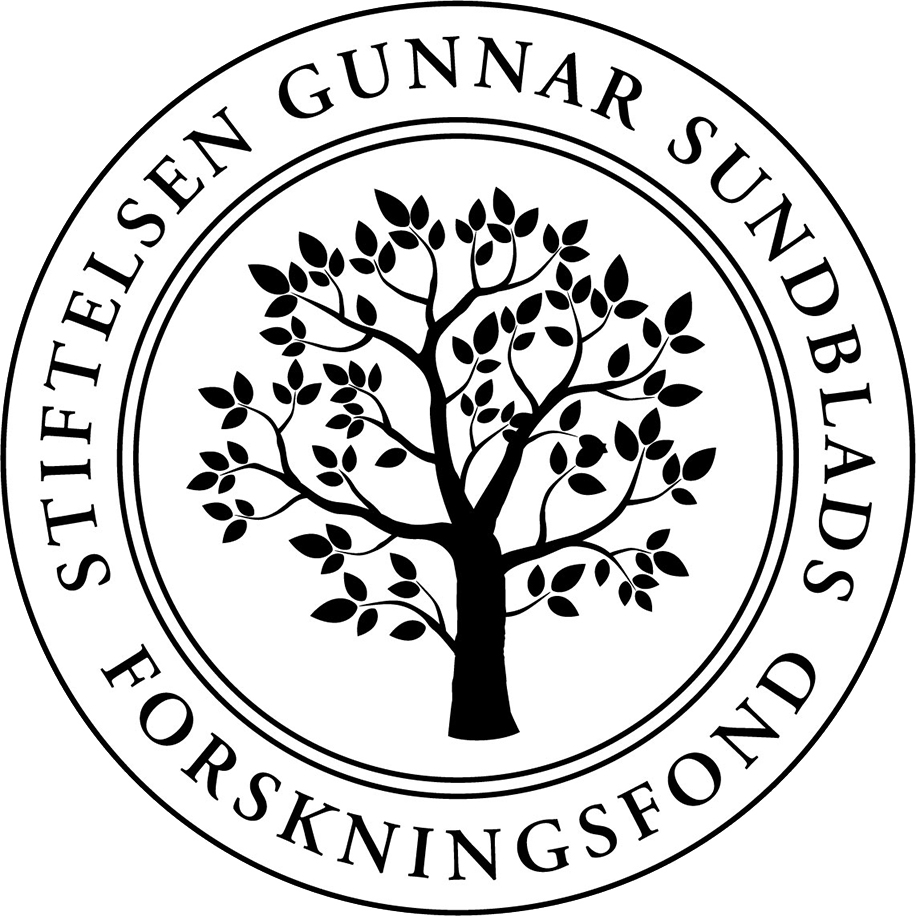Diversification of production technologies and logistics
With new technologies, such as AI, and improvements in automation and digitalization, traceability is fully implemented throughout the value chain. Diversification of technologies also helps to make small-size production units economically feasible. They might be standalone or part of a regional industry ecosystem.
A
Developing industrial symbiosis
Mutually beneficial collaboration between companies in different industry sectors and at different steps of the value chain, where the waste or by-products of one company becomes the raw material for another, needs to be further developed. This kind of true industrial symbiosis is vital for a sustainable circular economy and to increase the security of raw material supplies in Europe. The process of forging together distinctly different production systems, as efficiently as possible, will mean reconsidering some of the most traditional and long-standing production process technologies.
Many breakthroughs will undoubtedly be made in exploring new, economically feasible designs for production modules that are smaller in size, less capital intensive and more agile. Meanwhile, increasingly interdependent and connected cross-sectoral systems will require a digital infrastructure and intelligent solutions that are resilient to cyberattacks and other disturbances.
Examples of research and innovation activities
- Identify and support process technologies and logistical solutions that can be integrated in a symbiotic way to create a circular economy
- Identify regional opportunities to share primary materials, recycled materials, and side-streams between different industry sectors in a secure and economically feasible way
- Develop processes to share heat, process water and chemicals between different businesses, at production site level
B
Creating new biorefinery concepts for the circular and biobased economy
New biorefinery concepts are crucial for increased competitiveness and are the cornerstone for several novel value chains with new profitable products, services and business models. New biorefinery sites need to process a broader range of raw materials, including recycled materials. They also need to develop on-site co-operation with energy and chemical companies, as well as with users of new materials and composites.
Examples of research and innovation activities
- Develop separation process technologies for organic compounds
- Develop new processes that efficiently circulate energy and chemicals on extended production sites
- Develop new methods for fibre biorefineries, such as fibre fractionation and fibrillation to nano- and microscale



